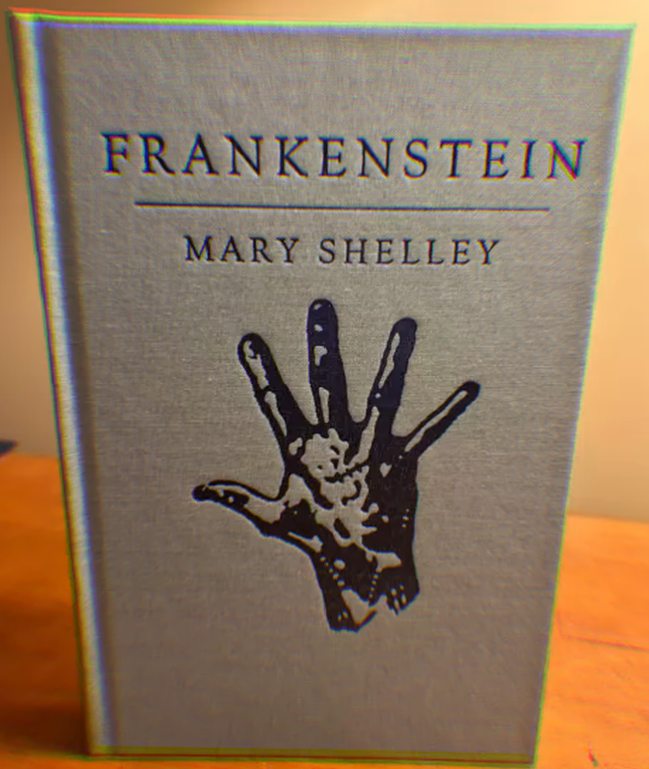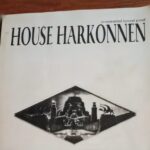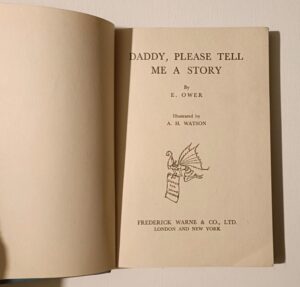Mary Shelley’s Frankenstein : King’s Way Press Trade Hardcover 2012 Edition
I’m proud that I read this gothic masterpiece for the first time in 2012 when I bought this book; it was a call of destiny…
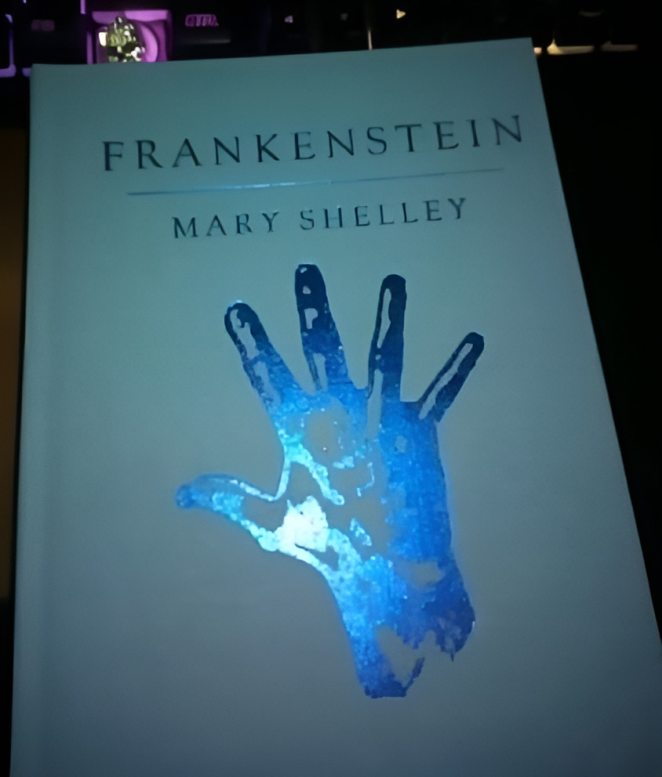
King’s Way Press has delivered a compelling and artistically ambitious edition of Mary Shelley’s immortal Frankenstein that successfully bridges the gap between contemporary horror publishing and classical literary preservation. This Atlanta-based publisher’s 2012 hardcover release represents both a respectful homage to Shelley’s original vision and a sophisticated modern interpretation that enhances rather than diminishes the source material’s psychological complexity.
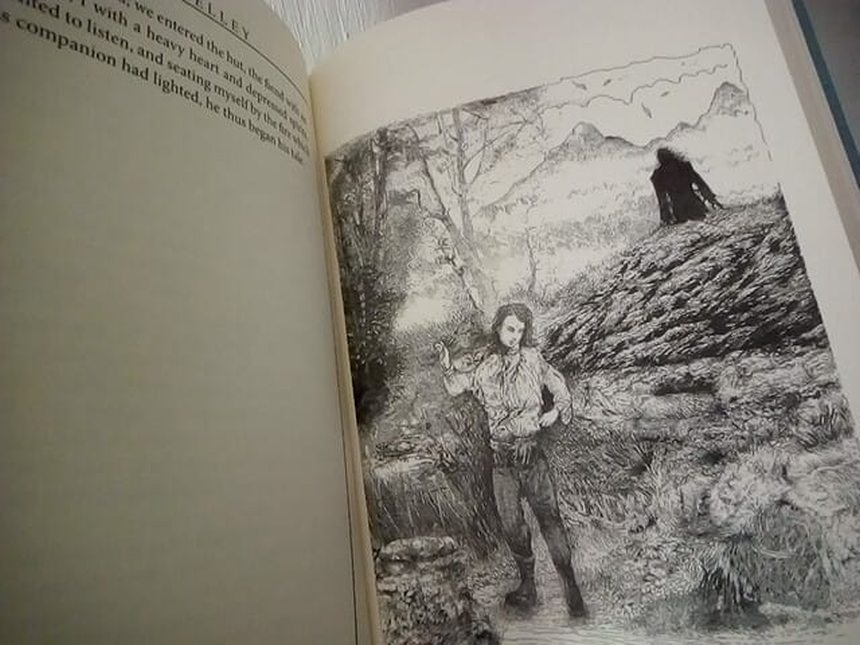
It’s a design of excellence. The trade hardcover edition demonstrates exceptional attention to craftsmanship and visual aesthetics. Bound in elegant light-blue cloth, the volume spans 301 pages and eschews a dust jacket in favor of direct cover artwork by Glenn Chadbourne, whose distinctive gothic illustrations have become synonymous with contemporary horror publishing. This design choice creates an immediate tactile connection between reader and text, emphasizing the book’s status as both literary artifact and artistic object.
The decision to present the work without a dust jacket reflects King’s Way Press’s confidence in their cover design and demonstrates an understanding that Shelley’s novel deserves presentation as a permanent, enduring artifact rather than a disposable commodity. The light-blue cloth binding provides an unexpected but effective counterpoint to the darkness of the narrative, suggesting the deceptive tranquility that precedes Victor Frankenstein’s descent into scientific obsession.
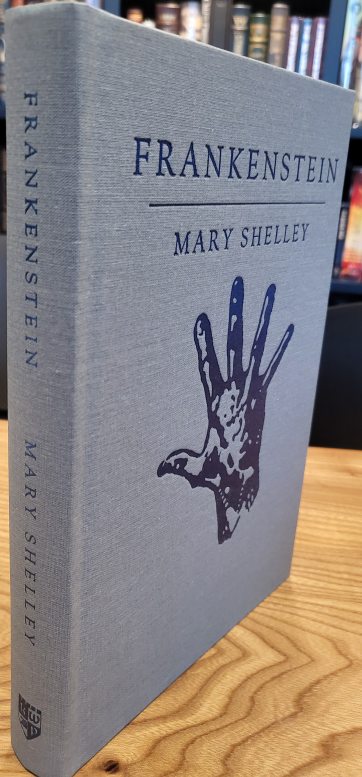
Glenn Chadbourne’s artwork represents the edition’s most distinctive feature, bringing his renowned gothic sensibility to bear on Shelley’s atmospheric narrative. Chadbourne, whose illustrations have graced numerous horror classics, demonstrates remarkable restraint and literary sensitivity in his visual interpretation. Rather than overwhelming the text with sensational imagery, his artwork complements and amplifies the novel’s psychological horror through careful attention to mood and character development.The collaboration extends beyond Chadbourne to include contributions from Alex McVey and Keith Minnion, creating a comprehensive artistic vision that encompasses cover art, endpapers, and internal illustrations. This multi-artist approach reflects the collaborative spirit that originally birthed Shelley’s novel during that famous ghost story competition in 1816, while providing contemporary readers with a visually rich experience that honors both the text’s historical significance and its enduring relevance.
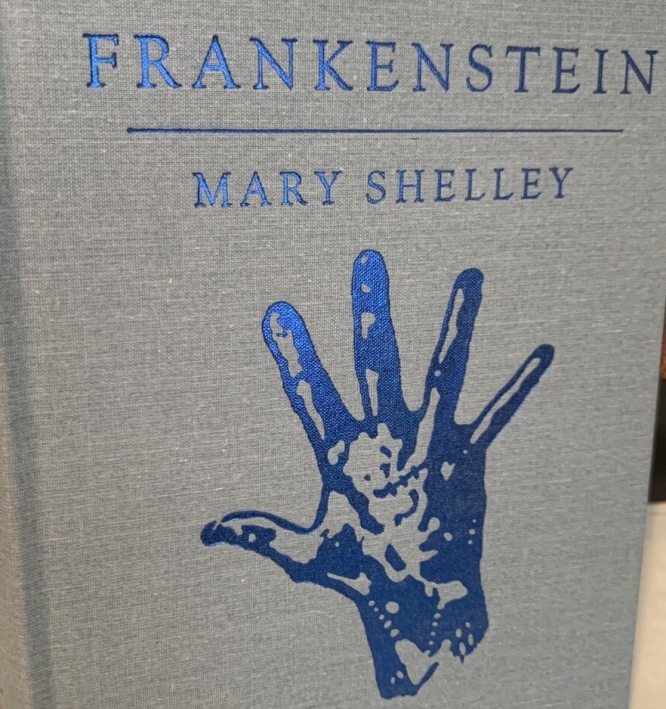
The edition features an introduction by Dean Koontz and an essay by Ray Garton, positioning Shelley’s work within the broader context of contemporary horror literature. Koontz’s involvement brings particular authority to the project, given his status as one of America’s most successful horror novelists and his demonstrated understanding of the genre’s literary foundations. His introduction provides valuable perspective on how Shelley’s innovations continue to influence modern supernatural fiction.
Ray Garton’s essay contributes additional scholarly context, examining the novel’s technical achievements and thematic sophistication from the perspective of a practicing horror writer. This dual approach—combining Koontz’s popular authority with Garton’s critical analysis—creates an editorial framework that serves both casual readers seeking entertainment and serious students of gothic literature.
The edition utilizes the 1831 revised text rather than the original 1818 version, a choice that reflects editorial preference for Shelley’s mature revisions while potentially disappointing scholars who favor the rawer energy of the first edition. This textual decision aligns the King’s Way Press edition with most contemporary editions while acknowledging that the 1831 version represents Shelley’s final intentions for her masterwork.
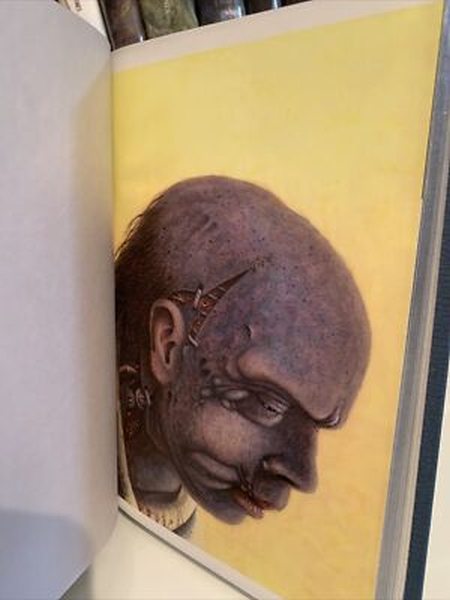
As part of King’s Way Press’s Definitive Classics Series, this edition demonstrates the publisher’s commitment to creating books that function simultaneously as reading copies and collectible objects. The limited nature of the publication—with only 200 numbered copies of the signed edition—establishes clear collector value while maintaining accessibility through the unsigned trade edition. The publisher’s attention to detail extends to every aspect of the book’s construction, from paper quality to binding integrity. The 301-page length provides ample space for both text and illustrations without creating an unwieldy volume, while the choice to number copies reflects traditional fine press publishing practices that emphasize exclusivity and craftsmanship.
The timing of this 2012 publication proves particularly significant, appearing during a period of renewed interest in Mary Shelley’s work coinciding with the approaching bicentennial of Frankenstein’s original publication. This edition contributes meaningfully to that celebration by presenting the novel in a format that emphasizes its continuing vitality rather than treating it as a museum piece. The combination of respected contemporary horror writers’ commentary with high-quality artistic interpretation creates an edition that speaks directly to modern readers while maintaining scholarly credibility. The inclusion of multiple artists’ perspectives mirrors the novel’s own multifaceted approach to themes of creation, responsibility, and the consequences of unchecked ambition.
King’s Way Press’s Frankenstein succeeds admirably in its primary objectives: creating a visually striking, textually reliable, and contextually rich presentation of Shelley’s masterpiece. The artistic collaboration enhances rather than competes with the source material, while the editorial framework provides valuable contemporary perspective without overwhelming the original text.
The edition’s greatest strength lies in its successful balance between accessibility and sophistication. Casual readers will appreciate Chadbourne’s atmospheric illustrations and the contextual material provided by Koontz and Garton, while serious collectors and scholars will value the careful attention to production quality and the limited edition’s exclusivity. Minor reservations might include the choice of the 1831 text over the 1818 original, though this decision aligns with editorial practices at most major publishers. The light-blue cloth binding, while distinctive, may not appeal to readers who prefer more traditional gothic aesthetics, though this represents a matter of personal taste rather than objective criticism.
This King’s Way Press edition of Frankenstein represents a significant achievement in contemporary horror publishing, successfully bridging the gap between scholarly preservation and artistic innovation. The careful attention to visual presentation, combined with thoughtful editorial context and exceptional production values, creates an edition that honors Shelley’s legacy while speaking directly to contemporary readers. We’re speaking of a monetary value here that goes between 150 and 350 dollars for a superb fine copy in pristine conditions.
For collectors of fine press horror editions, this volume represents an essential acquisition that demonstrates how classic literature can be presented with both respect and creativity. For readers encountering Shelley’s masterpiece for the first time, it provides an ideal introduction that emphasizes the novel’s continuing relevance and artistic sophistication.
